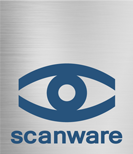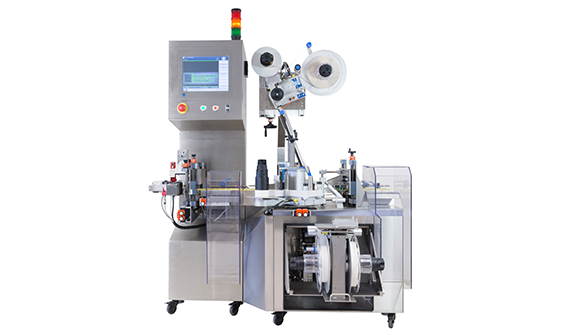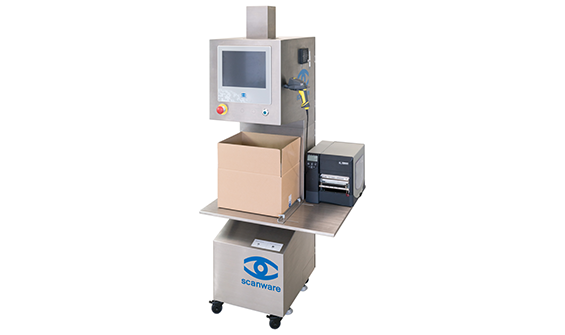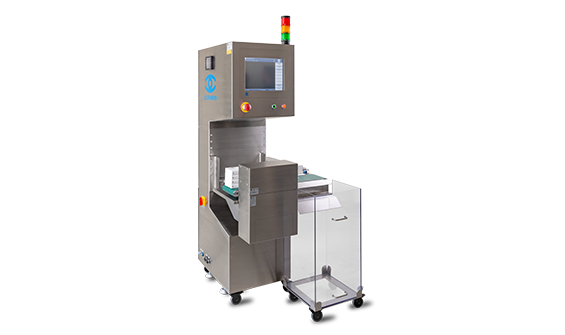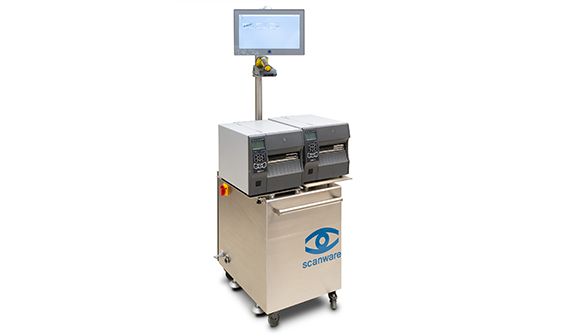Mark & Verify

Home / Our Solutions / Track & Trace / Mark & Verify
■CAPA MV Mark & Verify
To ensure the safety of pharmaceutical products along the entire supply chain, the folding boxes are marked with serialised data as part of Track & Trace. The correctness of the data is then verified and returned to the database.
As a specialist for quality assurance in the pharmaceutical industry with more than 30 years of experience, scanware offers you solutions designed for the packaging process within the scope of Track & Trace applications.
The Mark & Verify station CAPA MV is a stand-alone design for Mark & Verify on your line that can be adapted to your needs. The processing and aggregation of serialised data is implemented by scanware’s line manager IMPERA.
■Inspection Criteria and Objects
Inspection objects:
- Folding boxes
Examination criteria:
- 1D and 2D codes such as Code 128, DataMatrix and Krypo Code
- Plain text such as batch number, expiry date, GTIN and serial number
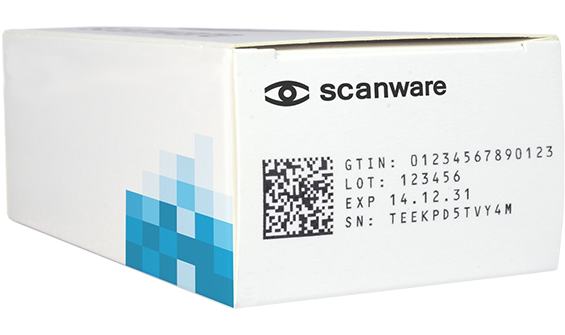
■Advantages of the Mark & Verify Station
- Implementation of all common encodings and printers
- Precise printing and high-performance print inspection
- High-quality standard components and thus efficient spare parts supply
- Uniform user interface, comprehensible menu navigation and convenient data entry
- Adaptable to different lines
- Can be retrofitted if your needs or regulations such as EU Directive 2011/62/EU change
- Tool-free adaptation to the size of the box
- Robust construction, movable and ergonomic, as well as easy to clean
- Excellent power transmission through the use of planetary gears and wear-free drives through brushless motors
Combinations of different systems for more Track & Trace variety
CAPA MV can be extended by the Tamper-Evidence Station CAPA TE for labelling folding boxes. After printing, the cartons are sealed with luminophore labels in a tamper-proof manner. The station offers high positioning accuracy, regardless of the sealing scheme.
Then please use our contact form. We will get back to you as soon as possible.
■Functionalities of the CAPA MV
The overall machine control of all components is taken over by a PLC in all systems. Visualisation takes place on the scanware GUI.
scanware has developed the One-Label concept for the input of data to be printed. To increase security, the integrated printer is not directly accessible. Print data is entered in the menu and transmitted to the printer. This is based on the One-Label, which can be universally adapted in character and line length and works with placeholders.
Data entry is also particularly convenient, as the user does not need to have any prior knowledge of coding standards. Raw data for coding is entered via a separate box or drop-down. The user can separately select how these are to be output in plain text. For example, it is possible to flexibly switch to American notation of the expiry date.
■Flexible Build
Construction
The product sensor controls the starting point of printing, camera pick-up, ejection and length measurement of the folding box. Another sensor monitors the products in the good lane and thus takes over the ejection counter control. Adjustments to folding box sizes are made without tools.
CAPA MV is available both as a station with a fixed belt height and with an independently adjustable height. The height is between 800 and 1,050 mm. Other heights are available on request. Alternatively, the Mark & Verify functionality can also be implemented as an add-on solution in cartoners and checkweighers.
High positioning accuracy of the print due to double-sided folding box guide, compatible with printers from Wolke, REA, Bluhm and Domino. Other printer types, e.g. DoD, can be implemented. Printing from above optional. The printing position on the folding box is variable and can be shifted electronically. and optimal use of sensors
Verification
The print is inspected by area scan cameras with integrated illumination. The method used to read writing and codes was developed by scanware, is feature-based and optimised for high reading performance even in motion. Constant evaluation results independent of the number of taught-in character patterns. All common codes such as GS1 are integrated.
Ejection
For boxes with a weight of up to 300 g, ejection takes place by blowing out. In the case of heavier units or sensitive objects, ejection takes place via a pusher that pushes faulty folding boxes onto a conveyor belt.
Line connection and data exchange
The overall machine control of all components is handled by a PLC. Visualisation takes place on the scanware GUI. When integrated into an existing line, linking to the upstream and downstream machine is of course possible.
The handling of the data to be printed and read can be done by the scanware data handler IMPERA. This is fully capable of serialisation and, in addition to serialisation and aggregation, also offers modules for importing and exporting data as well as rework.
■Maximum Sizes of the Standard Folding Box
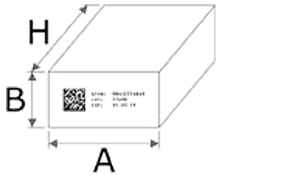
Length = 60-220 mm
Width = 15-220 mm
Height = 20-120 mm
Larger folding box heights are possible on request.
With a transport distance of 50 mm, up to 300 of these folding boxes can be inspected per minute.
